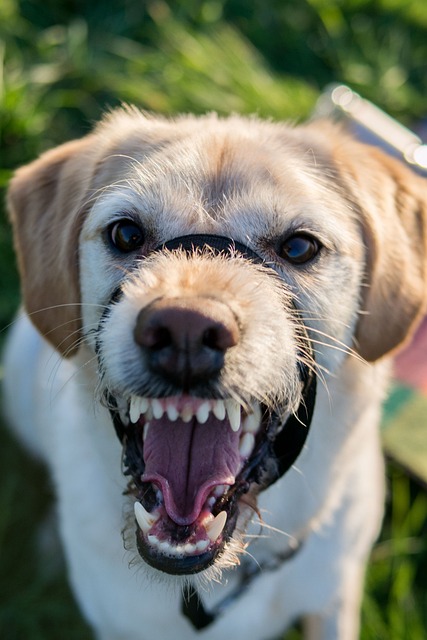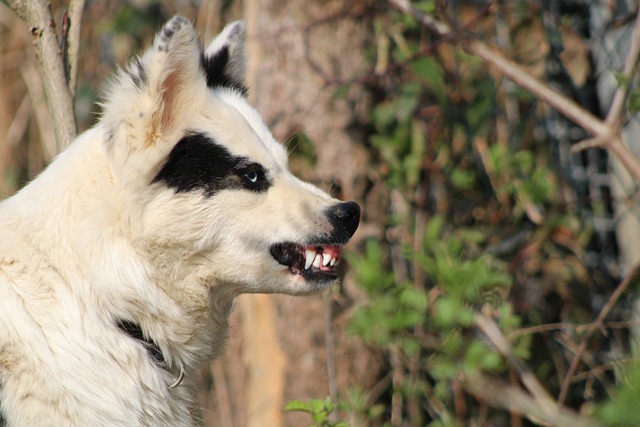Fear aggression in dogs is a common behavioral issue that can be challenging for both pet owners and their furry companions. When a dog exhibits fear aggression, it may become hostile or defensive in response to perceived threats or situations that trigger anxiety. Understanding the root causes and implementing effective prevention strategies are crucial for fostering a safe and harmonious relationship between humans and their canine friends.

Identifying Fear Aggression
This problem typically stems from a dog’s anxiety or discomfort in specific situations. Common triggers include unfamiliar people, loud noises, new environments, or past traumatic experiences. Recognizing the signs of fear aggression is essential for early intervention. These signs may include growling, barking, snarling, lunging, or even biting. It is crucial to address the problem promptly to prevent escalation and ensure the well-being of both the dog and those around them.
Root Causes
Several factors can contribute to fear aggression in dogs. A lack of socialization during the critical early developmental stages, traumatic experiences, genetic predispositions, or medical issues can all play a role. Understanding the underlying causes is fundamental to implementing effective strategies for handling fear aggression.

Preventive Measures
Early Socialization
Socialization is a key factor in preventing fear aggression. Exposing puppies to various people, environments, and situations during their early developmental stages helps them build confidence and adaptability. Positive interactions in controlled settings contribute to a well-adjusted adult dog less prone to fear-based behaviors.
Positive Reinforcement Training
Ideally, training focuses on rewarding desirable behaviors rather than punishing unwanted ones. Using treats, praise, and toys to reinforce positive actions helps build trust between the owner and the dog, creating a positive association with specific situations that may otherwise trigger fear.
Desensitization and Counterconditioning
Gradual exposure to fear-inducing stimuli in a controlled and positive manner can help desensitize a dog to these triggers. Counterconditioning involves associating the feared stimulus with something positive, gradually changing the dog’s emotional response. Professional trainers can guide owners through these processes.
Consistent Routine
Dogs thrive on routine and predictability. Establishing a consistent daily routine provides a sense of security and stability for the dog. Knowing what to expect helps reduce anxiety and minimizes the likelihood of fear aggression.
Seek Professional Guidance
If the problem persists or intensifies, seeking the assistance of a professional dog trainer or behaviorist is crucial. These experts can assess the specific triggers and tailor a training plan to address the dog’s unique needs, ensuring a safer and happier environment for everyone involved.
Addressing fear aggression in dogs requires a combination of understanding, patience, and consistent training. By implementing preventive measures such as early socialization, positive reinforcement, and professional guidance when needed, pet owners can create a supportive environment that minimizes fear-based behaviors. Handling fear aggression in dogs is a process that demands commitment, but the rewards of a well-balanced and happy canine companion are well worth the effort.
